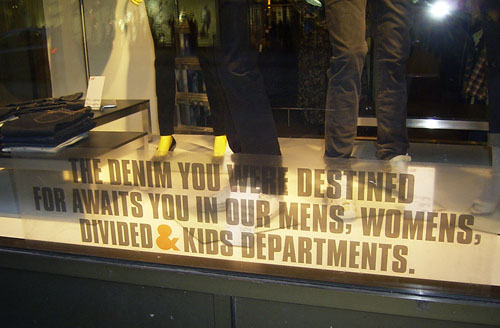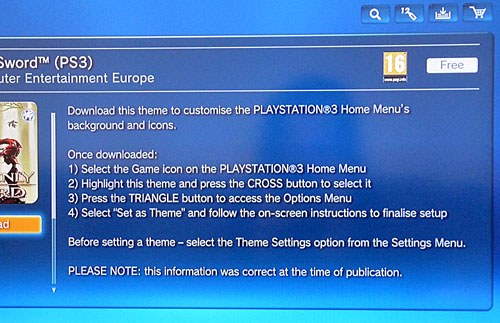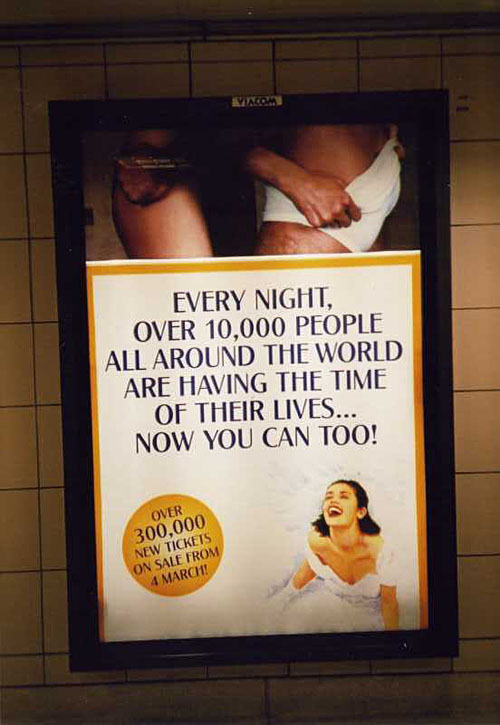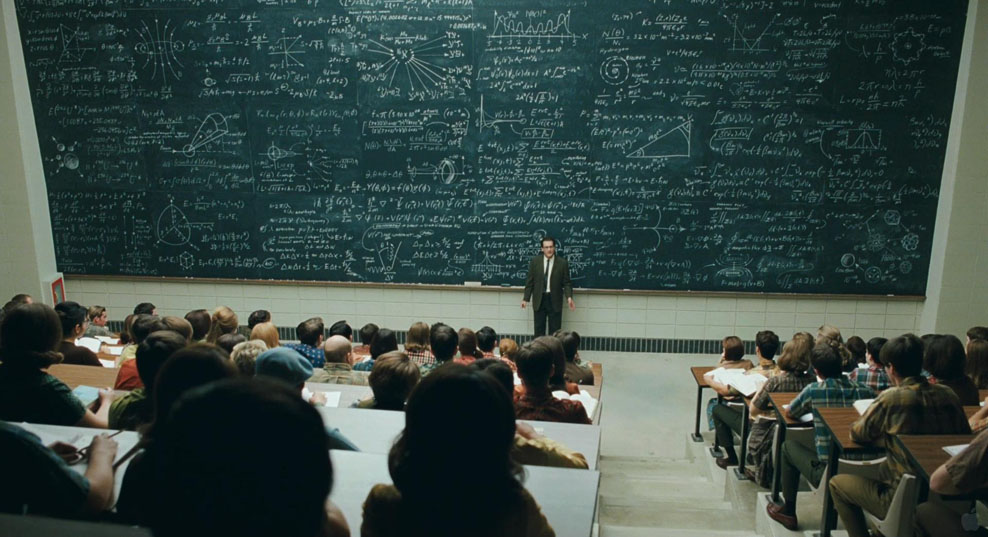(Originally sent February 2010, maybe)
Video
The use of Photoshop to ‘enhance’ imagery of models is now well-known. I suspect the more sophisticated use of similar tools in videos is much less well-known.
Bonus video
This seems to be everyone’s favourite ad right now:
Puzzle
While walking somewhere on a route that takes you past a lot of cars, you have a great opportunity to memorise something that involves numbers/letters by using each numberplate as a quick test.
1) Numerical position of letter in the alphabet (A=1, Z=26, etc)
Come up with ways to remember each number/letter pair (e.g. 15 = O, think tennis), then try to come up with the numbers corresponding to each letter on the number plates you pass. This can come in handy when you need to come up with a PIN, or when you want to read a secret message in a movie (the majority of which seem to use this basic code).
2) Phonetic Alphabet / Morse Code / Semaphore / any other alphabet mapping
This one requires preparation. Print or write down the key, then try to learn it as you walk while testing yourself on each numberplate you pass.
This is a fun way to pass time walking (for people that find the same things fun as I do).
The puzzle is this: What other things could you teach yourself while walking somewhere?
Picture
Link
Much has been written about the Newspapers vs Internet battle, but this (now year-old) article by Clay Shirky is the best I have read. Pretty much every paragraph contains a powerful, succinct insight into a complex aspect of the situation.
Some choice quotes:
“When a 14 year old kid can blow up your business in his spare time, not because he hates you but because he loves you, then you got a problem.”
“It makes increasingly less sense even to talk about a publishing industry, because the core problem publishing solves – the incredible difficulty, complexity, and expense of making something available to the public – has stopped being a problem.”
[On the print revolution of 1500] “That is what real revolutions are like. The old stuff gets broken faster than the new stuff is put in its place. The importance of any given experiment isn’t apparent at the moment it appears; big changes stall, small changes spread.”
Incidentally, my favourite experiment / small change right now is Flattr.











